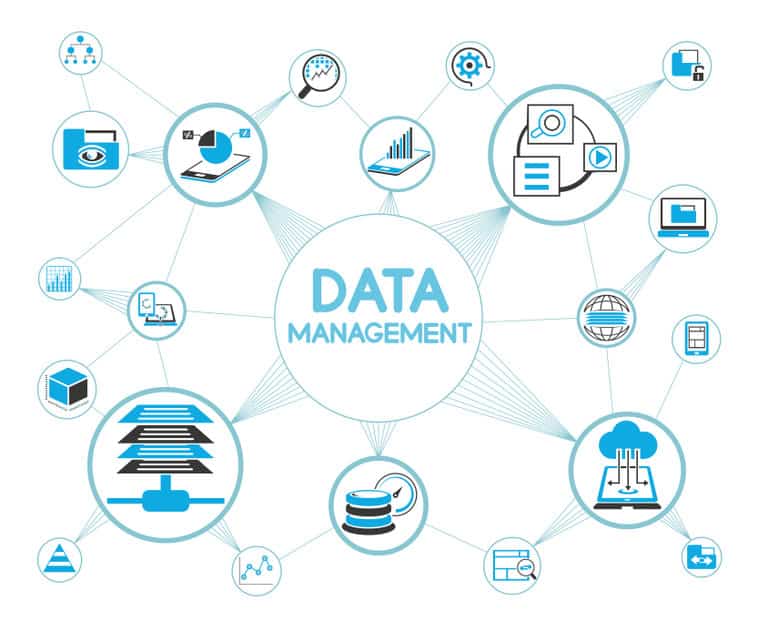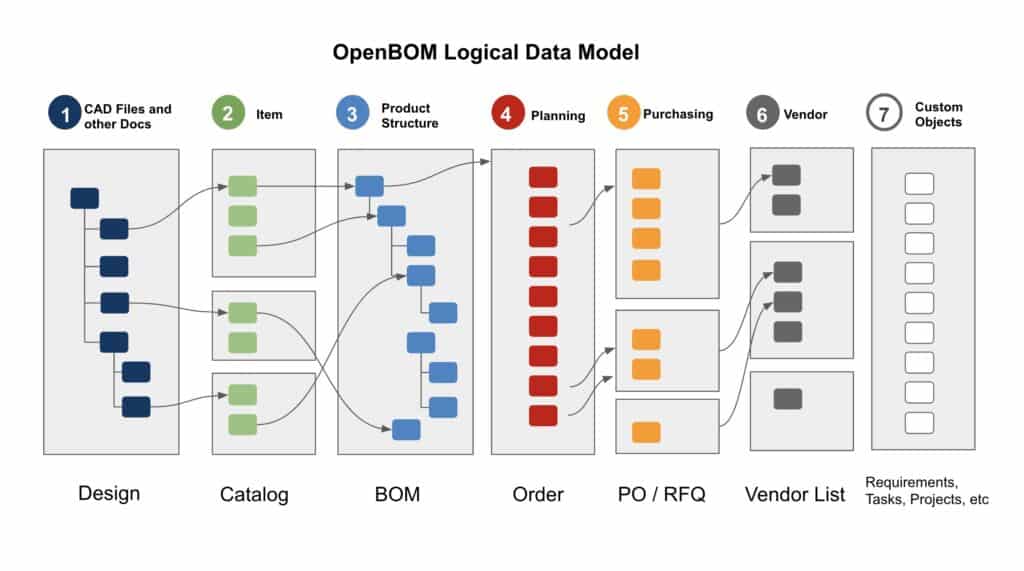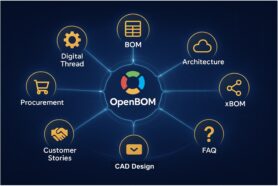
OpenBOM is a SaaS network-based global collaborative platform that manages product data and connects manufacturers with their customers, contractors, and suppliers. In this article, I will speak about how you can leverage the OpenBOM data management platform in the best way.
OpenBOM Core Data Management Foundation
The core of OpenBOM is a global multi-tenant flexible data model. OpenBOM allows an easy and flexible way to organize product data records (extract, integrate, and manage revisions, changes, history, and other information).
In a nutshell, you’re getting a single source of truth, that is available for distribution between your organization, contractors, and suppliers. OpenBOM is “connecting dots” and optimizing the process between multiple organizations, contractors, and suppliers.
Throughout the last few years, OpenBOM has helped thousands of engineering teams and manufacturing companies get rid of spreadsheets for Bills of Materials and related data. Our platform has helped companies organize product information into a single source of truth and enable a new level of collaboration between teams and companies.
Bad Process Still Needs A Change And The Change Is Hard
Transforming the way you and your organization works is hard. Because even if you have the worst process in the world, the reality is that this process still exists and is used in your company. So, whatever change you want to bring will be a change that moves your company from the current process to a new process.
OpenBOM user experience includes multiple aspects of the digital transformation project lifecycle. An important part of this process is training and understanding the best practices of data management using the OpenBOM platform. As we’ve seen these questions come up often during the Premium Onboarding Process, we realized that having a dedicated set of data management best practices is very helpful and important.
Today, I’m starting a series of blog articles to cover OpenBOM’s data management best practices which will help you to understand the capabilities of OpenBOM and help you to use it more effectively. I’d love to get your feedback as you read these articles, which will help us to improve the way we describe it and also to find what can be improved in OpenBOM. Eventually, we are going to release an online training course addressing this topic.
5 Elements of OpenBOM Data Modeling Business Blocks
There are five basic elements of data modeling in OpenBOM. Understanding these elements is extremely important to understanding how to use OpenBOM properly and how to plan OpenBOM data management implementations.
Properties
OpenBOM manages information and a single piece of information is stored in the so-called “property”, which is the smallest element of data. OpenBOM Properties supports multiple data types that can be used in your data. OpenBOM properties can be defined globally (public) and locally in your accounts (private).
Data Objects
A more complex data type in OpenBOM is a data object. It can remind you of a table (if you’re familiar with relational data), but it can also remind you of a spreadsheet. A data type defines a certain behavior and contains some data. Examples of data objects in OpenBOM – are catalogs, BOMs, and Vendors.
Relationships
OpenBOM supports multiple types of relationships between data objects. Some of them are basic and have a predefined behavior (eg. product structure parent-child relationship, reference-instance relationship). But some of them are custom (eg. reference property) and can be customized.
Views (User-Defined and Team-Views)
Data is a core element of OpenBOM’s data management platform, but OpenBOM provides another mechanism – Views that allow you to customize how different users can see the data. Such a “lense” is called a view and it defines a subset of properties with additional filters to define what can be included in the view. There are simple user-defined views and team views. The core mechanism of both is the same, but user-defined views can be used by any user. Team views are a mechanism to restrict team/company members from accessing some data.
Custom Objects – Catalogs, BOMs, Vendors, Orders, etc

OpenBOM provides basic data objects to manage information. Each of these objects is fully customizable and can be tailored to a specific need by any user, team, or company using OpenBOM’s platform.4 Lessons about OpenBOM Data Management
In the following articles, I’m going to cover four lessons about OpenBOM data management best practices. The lessons will include these topics.
Lesson 1: Setting Up Building Blocks
Lesson 2: Building Product Data Foundation
Lesson 3: From Excel Chaos to Organized Data
Lesson 4: Tips and Tricks of OpenBOM data model
Conclusion
Data is a foundational groundstone of every process in your organization. The way you manage your data can set you up for success or failure.
At OpenBOM, we understand the importance of data modeling and also understand the importance of flexibility. Therefore, our vision is to build a data platform that is flexible to manage any product data and also can not only serve individual companies but also help companies to work together.
We are not done by any means. OpenBOM is a live platform that is always being actively developed. Therefore, we invite you to comment and share your feedback, needs, and comments. In the next four blog articles, I will cover the four lessons I mentioned above.
In the meantime, if you haven’t already, REGISTER FOR FREE to learn what OpenBOM can do for you and your business.
Best, Oleg
Join our newsletter to receive a weekly portion of news, articles, and tips about OpenBOM and our community.









